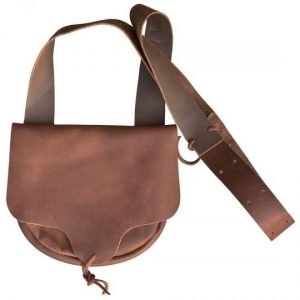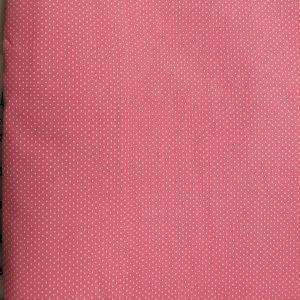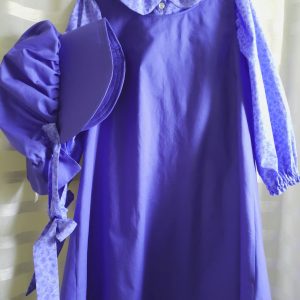$20.00
2 in stock
Description
There are 4 main style views included in this pattern, with a variation on three of the styles, plus three tongue styles.
View A1- peak (or point) in top center front and lower peak in the top rear
View A2- peak(orpoint) in top center front and no peak in rear
View B1- notched top center front, creating a double point, wiht lower peak in rear
View B2-notched top center front, creating a double point, and no peak in rear
View C- afterHessian boots, scalloped (couble round peak) op, bound top edge, optional tassel at center front, no peak in rear.
View D1- round, smooth top with no peaks (or points)
View D2- round, smooth top with no peaks (or points)
Basic Tongue- Can be used with all the above style gaiters, and should be used for first attempt.
Alternate Tongue 1- Suggested for use with Views A or B- hollowed seam edges, and pointed front
Alternate TOnue 2- Suggested for use with Views A or B- two piece tongue with slightly hollowed seam edges and pointed front.
Optional Binding Views A, and D may be faced and bound on the top edge, using method for View C
Gaiter (sometimes spelled gaters) are also called spatterdashes or “spats”. They were intended to be close fitting and are used to protect the stockings, ankles and lower legs. Heights and styles vary over the years and by needs of the wearer, but the most common in this era is mid-calf. Previously, when knee length breeches were generally worn, taller gaiters were often used to protect the exposed stockings and lower legs. HOwever, when longer trousers or pantaloons became the fashion, mid-length gaiters because sutiatbel for the purpose and are cooler in the warm weather. Gaiters can be worn either outside the trouser legs, or und er the trouser legs, as determined by the uniform standards and’or by the character’s activities, fashion or needs. Short gaiters, reaching four to six inches above the ankle, are see in illustrations of working class men in Great Britain.






